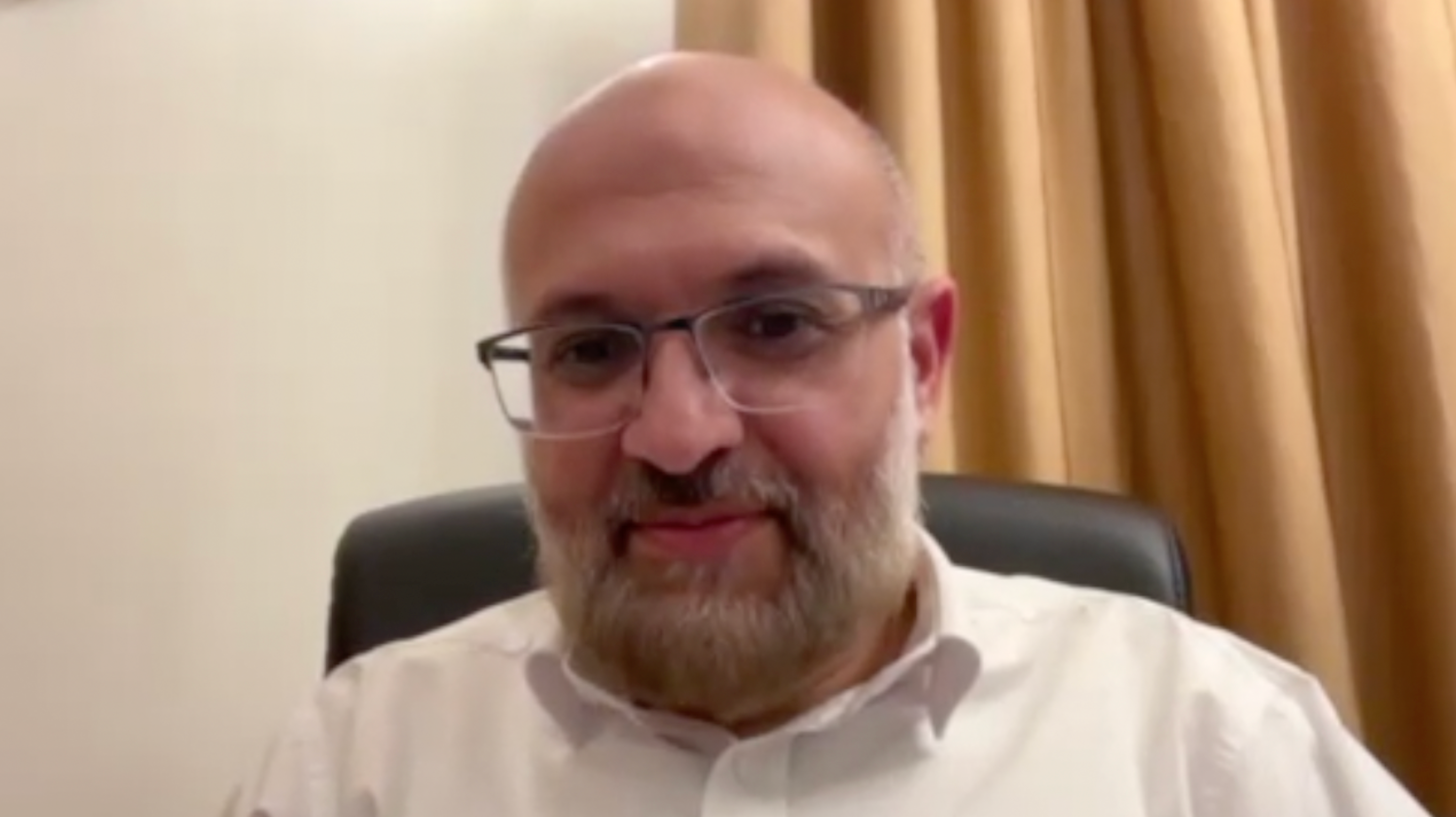Firms partner on poverty eradication – The Nation Newspaper

Strategic Partnership to Advance Sustainable Development Goals in Africa
Introduction
Genesis Energy, a pan-African clean energy infrastructure firm, has entered into a strategic partnership with the international advocacy organisation Global Citizen. The agreement, formalized in London, establishes Genesis Energy as a Campaign Policy Partner for Global Citizen’s “Scaling Up Renewables in Africa” campaign. This collaboration is designed to accelerate investment and policy reform to foster cleaner communities and support the achievement of multiple Sustainable Development Goals (SDGs).
Partnership Objectives and SDG Alignment
The core objective of the partnership is to launch a unified, energy-focused campaign that accelerates access to clean energy and amplifies climate solutions across Africa. By leveraging Global Citizen’s advocacy platform, the initiative aims to engage government leaders, donors, and private sector actors to mobilize resources and shape policy for a just energy transition. This directly supports a broad range of United Nations Sustainable Development Goals.
- SDG 7 (Affordable and Clean Energy): The partnership’s primary goal is to close Africa’s energy gap by accelerating access to clean and reliable energy for underserved communities.
- SDG 13 (Climate Action): The campaign actively promotes climate solutions and advocates for policies that contribute to global climate targets and a sustainable future.
- SDG 1 (No Poverty): By addressing energy poverty, the initiative aims to provide a critical foundation for economic development, thereby contributing to the eradication of extreme poverty.
- SDG 8 (Decent Work and Economic Growth): The development of clean energy infrastructure is positioned as a catalyst for job creation and sustainable economic growth.
- SDG 17 (Partnerships for the Goals): The collaboration itself exemplifies a multi-stakeholder partnership between the private sector and civil society to achieve common development goals.
Key Stakeholder Perspectives
Leadership from both organizations has emphasized the alignment of the partnership with global development and climate objectives.
- Genesis Energy: Akinwole Omoboriowo, Chairman and CEO, stated that clean, reliable energy is fundamental to economic growth, social progress, and environmental sustainability. He noted the partnership’s role in driving innovation and advocating for policy changes that create opportunities for millions, framing clean energy as a catalyst for transformation and sustainable progress for future generations.
- Global Citizen: Michael Sheldrick, Co-Founder and Chief Policy, Impact, and Global Affairs Officer, affirmed that access to clean, reliable, and affordable energy is essential for economic development and poverty eradication. He highlighted the joint commitment to supporting an energy transition that delivers tangible returns, including job creation, private capital mobilization, policy reform, and expanded energy access.
Strategic Focus Areas
The partnership will prioritize several key activities to achieve its objectives. The implementation strategy is designed to influence policy, mobilize capital, and raise awareness, contributing directly to the frameworks of SDG 7 and SDG 13.
The campaign will concentrate on:
- Developing thought leadership campaigns focused on clean energy.
- Conducting targeted policy engagements with key decision-makers.
- Mobilizing donor support for high-impact clean energy projects.
- Advocating for the role of clean gas as a transitional component in the energy sector.
Which SDGs are addressed or connected to the issues highlighted in the article?
-
SDG 7: Affordable and Clean Energy
The article explicitly states that the partnership’s effort “aligns with the United Nations’ call for urgent climate action and supports the achievement of Sustainable Development Goal (SDG) 7 on affordable and clean energy.” The entire focus is on scaling up renewables, accelerating access to clean energy, and closing Africa’s energy gap.
-
SDG 13: Climate Action
This goal is also directly mentioned. The partnership aims to amplify “climate solutions,” contribute to the “global fight against climate change,” and influence policies that support a “just energy transition in Africa.”
-
SDG 1: No Poverty
The article highlights that the partnership involves Global Citizen, an organization with a “mission to end extreme poverty.” It further states that access to energy is a “critical lever in the global fight to eradicate extreme poverty,” directly linking energy access to poverty reduction.
-
SDG 8: Decent Work and Economic Growth
The connection is made through the statement that “clean, reliable energy is the foundation of economic growth.” The partnership aims to empower communities and is “creating jobs,” which are key components of SDG 8.
-
SDG 17: Partnerships for the Goals
The article is fundamentally about a “strategic partnership” between a private sector company (Genesis Energy) and an international advocacy organization (Global Citizen). This collaboration aims to “engage government leaders, donors, civil society, and private sector actors to mobilise resources and shape policy,” which embodies the multi-stakeholder approach of SDG 17.
What specific targets under those SDGs can be identified based on the article’s content?
-
SDG 7: Affordable and Clean Energy
- Target 7.1: By 2030, ensure universal access to affordable, reliable and modern energy services. This is supported by the partnership’s mission of “Lighting Up Africa One Community at a Time,” accelerating “access to clean energy,” and bringing “opportunities to millions of underserved communities.”
- Target 7.2: By 2030, increase substantially the share of renewable energy in the global energy mix. The campaign is specifically named “Scaling Up Renewables in Africa,” and it aims to advocate for the role of “clean gas” and “clean energy access.”
- Target 7.a: By 2030, enhance international cooperation to facilitate access to clean energy research and technology… and promote investment in energy infrastructure and clean energy technology. The partnership itself is a form of international cooperation designed to drive “investment and policy change for cleaner communities” and “attract investment in clean energy.”
-
SDG 13: Climate Action
- Target 13.2: Integrate climate change measures into national policies, strategies and planning. The partnership’s goal to “shape policy that enables a just energy transition in Africa” and “advocate for policy changes” directly addresses this target.
- Target 13.3: Improve education, awareness-raising and human and institutional capacity on climate change mitigation. The collaboration will leverage Global Citizen’s advocacy platform for a “unifying, energy-focused campaign” and prioritize “thought leadership campaigns on Clean Energy” to raise awareness.
-
SDG 1: No Poverty
- Target 1.1: By 2030, eradicate extreme poverty for all people everywhere. The article explicitly links the work of Global Citizen to its mission to “end extreme poverty” and identifies energy access as a “critical lever in the global fight to eradicate extreme poverty.”
-
SDG 8: Decent Work and Economic Growth
- Target 8.1: Sustain per capita economic growth in accordance with national circumstances. The article posits that “clean, reliable energy is the foundation of economic growth” and that the partnership’s work will set the stage for “decades of sustainable progress.”
- Target 8.5: By 2030, achieve full and productive employment and decent work for all. The initiative is described as “creating jobs” as a direct outcome of its activities.
-
SDG 17: Partnerships for the Goals
- Target 17.17: Encourage and promote effective public, public-private and civil society partnerships, building on the experience and resourcing strategies of partnerships. The article is a case study of this target, detailing a “strategic partnership” between a private company and a civil society organization to achieve sustainable development goals through “donor mobilisation” and engagement with “government leaders.”
Are there any indicators mentioned or implied in the article that can be used to measure progress towards the identified targets?
-
SDG 7: Affordable and Clean Energy
- Implied Indicator (for Target 7.1): Number of communities/people with new energy access. This is implied by the mission of “Lighting Up Africa One Community at a Time” and bringing “opportunities to millions of underserved communities.”
- Implied Indicator (for Target 7.a): Amount of investment mobilized for clean energy. The partnership aims to “drive investment” and “attract investment in clean energy,” making the total capital raised a key metric.
-
SDG 13: Climate Action
- Implied Indicator (for Target 13.2): Number of policy changes influenced or enacted. The article repeatedly mentions the goal to “shape policy,” “influence policies,” and drive “policy change,” making this a clear measure of success.
- Implied Indicator (for Target 13.3): Number and reach of awareness campaigns. Progress can be measured by the “thought leadership campaigns” and the engagement generated through Global Citizen’s “advocacy platform and extensive global network.”
-
SDG 1: No Poverty
- Implied Indicator (for Target 1.1): Reduction in poverty rates in communities with new energy access. While not directly stated as a metric, the article’s premise is that energy access is a “critical lever” to “eradicate extreme poverty,” implying that poverty reduction is the ultimate indicator of impact.
-
SDG 8: Decent Work and Economic Growth
- Implied Indicator (for Target 8.5): Number of jobs created. The article explicitly states that the partnership’s work involves “creating jobs.”
-
SDG 17: Partnerships for the Goals
- Direct Indicator (for Target 17.17): The existence and operationalization of the partnership itself. The article describes the formalization of the agreement and its collaborative activities, such as “donor mobilisation” and engaging “government leaders, donors, civil society, and private sector actors.”
SDGs, Targets, and Indicators Table
| SDGs | Targets | Indicators (Mentioned or Implied) |
|---|---|---|
| SDG 7: Affordable and Clean Energy |
|
|
| SDG 13: Climate Action |
|
|
| SDG 1: No Poverty |
|
|
| SDG 8: Decent Work and Economic Growth |
|
|
| SDG 17: Partnerships for the Goals |
|
|
Source: thenationonlineng.net

What is Your Reaction?
 Like
0
Like
0
 Dislike
0
Dislike
0
 Love
0
Love
0
 Funny
0
Funny
0
 Angry
0
Angry
0
 Sad
0
Sad
0
 Wow
0
Wow
0
















































































